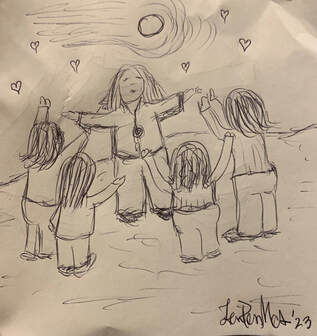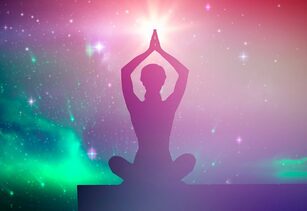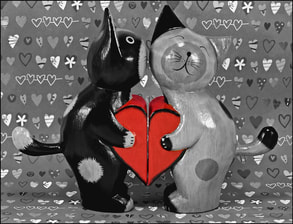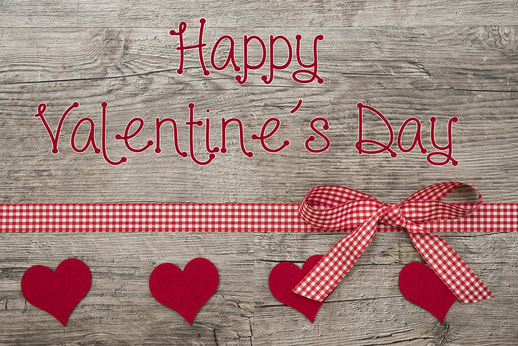
“Every day is a journey, and the journey itself is home." ~Matsuo Basho
What is life but an unfamiliar journey. We wander about until at some point we question life’s purpose. The questions raise themselves from some undiscovered space, as the mystery of it all intensifies. What is my purpose? Why am I unsatisfied at work, home, and with friends? Why do I feel stuck? This pondering can become down-right terrifying as the weeks turn into months and the months into years. Wide-eyed wonder may turn into existential angst in the flip of an hourglass. Besides the inevitable death and taxes, what is there?
Let’s explore this in current event terms. The Gallup report State of the Global Workplace: 2022 states that workers are generally dissatisfied, feeling both disengagement and unhappiness. Only 33% of workers reported feeling engaged at work. In the US, 50% of workers reported feeling stressed, 41% worried, 22% sad, and 18% angry. Interestingly, even when work-life balance is improved, these feelings persist!
So, why would happiness and satisfaction not substantially increase when work-life balance is improved? One reason may have to do with dharma. Yes, dharma. It rhymes with karma. While karma is the sum of the effects of one’s actions, dharma gives one’s life meaning. Whereas karma is “actions” or “deeds” which play into the entire cycle of cause and effect, dharma is essentially that which raises each of us to our highest purpose. Our actions need to have purpose and meaning in order to be sustainable. They must align with our individual dharma.
Dharma and karma work together, reinforcing each other, but are different. The word "dharma" is a Vedic concept that comes from the Sanskrit root dhri, meaning to "uphold" or to "sustain." What one does in their lifetime to serve themselves and others in the best possible way is their dharma. It upholds and sustains right action which creates karma. Self-realization is the highest dharma. In 21st century terms, dharma is manifesting your higher purpose every day by acting in alignment with your values and strengths in service of self and others. In the words of Sahara Rose, “Living your dharma…means honoring your sacred doing.”
Imagine that each step to discovering dharma is a piece of an enormous puzzle. Every choice is an opportunity to align with your potential in this puzzle. The puzzle may require some imagination, patience, and perseverance to put together, but it is worth the work. Exploring your strengths and values assists this process. Every step keeps inter-connecting and evolving outward as part of a bigger collective picture. What starts out as a myopic view, broadens into a panoramic tapestry without edges as you grow into your higher purpose, challenging you to take leaps of faith to experience your dharma as part of a bigger whole.
The quest to align with your dharma can be explored working with a Soul/Life coach to discover your values and strengths or can start by journaling the answers to the following questions without over-thinking.
Follow your gut and answer:
1) What are my natural talents and abilities?
2) What activities bring me into a state of “flow”, where I lose a sense of time?
3) How do I bring comfort and healing to others? (ie. good listener, acts of kindness,
compassionate nature, patient, etc.)
4) What qualities have co-workers, friends and family noticed about me that they appreciate?
5) If I had unlimited resources/time and no financial worries, what talents and abilities would
I use to enrich myself and serve others?
6) How do I want to show up in the world?
7) How will I have left the world a better place? What is my imprint? What do I want my legacy
to be?
Sit with the answers. Re-visit them at a later date. Check-in and see if the answers still fit. Explore the what, how, and why of what you do or want to do.
Remember, it’s not about finding your one thing that you do. It is the how and why of what you do in the world that makes it “sacred doing”. And, it can show up in different ways. For example, if your dharma is to have a healing presence it may come through deep listening, compassionate actions, and kind words in your chosen work whether it’s the front desk receptionist, kindergarten teacher, orthopedic surgeon, or coffee barista. Tweak what you wrote over time with that understanding. If you feel stuck, dig deeper. Feeling stuck is often a symptom of not being aligned with your dharma as you navigate life. Take your time. Self-discovery is a process. Each step will bring clarity and focused alignment as you ease into your dharma!
Published in Creations Magazine June/July 2024









 RSS Feed
RSS Feed
